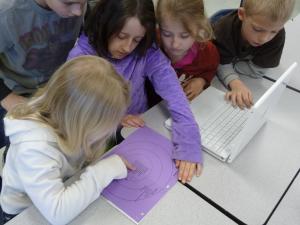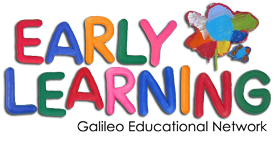
What is a rubric?
An assessment tool that clearly marks a student’s performance, rubrics can be developed with students and used to determine academic marks and classroom behaviour.
Making a rubric
- Decide what criteria or essential elements must be present in the student’s work to ensure that it is high in quality. At this stage, you might even consider selecting samples of exemplary student work that can be shown to students when setting assignments.
- Decide how many levels of achievement you will include on the rubric.
- For each criterion or essential element of quality, develop a clear description of performance at each achievement level.
In the following two-part video, a Grade 1 teacher and her students are constructing a storytelling rubric. Together, they determine the criteria for oral story telling. Students use the rubric as a reference point as they practice their story telling to improve their performance.
Example
Grade 1 peer assessment using the storytelling rubric.
Example: A Fish Story
Kindergarten students working on a website about fish wanted to assess the quality of their drawings. They worked with their teacher to develop this rubric:

Example: Kindergarten Alphabet Book
In this kindergarten task, students were invited to become experts on the alphabet by collaboratively creating a digital storybook. Students were eager to produce high quality work, as the purpose behind it was to help teach next year’s classes about their ABC’s. This task highlights how effective use of ongoing formative assessment is essential to deepen student understanding. Making learning visible through teacher and student documentation is yet another key feature of this exemplar.

